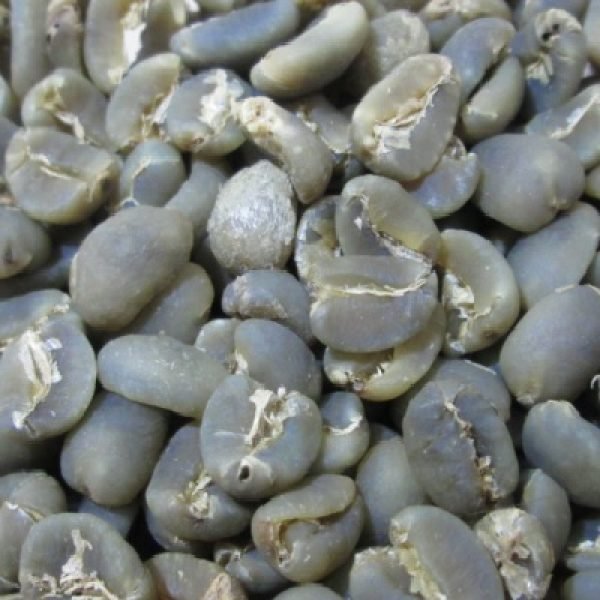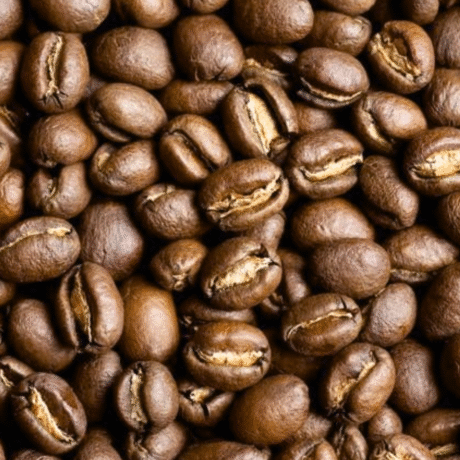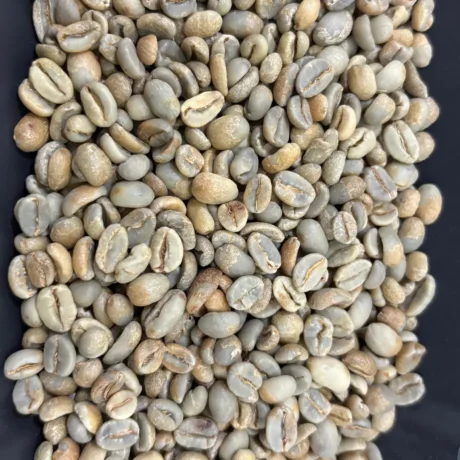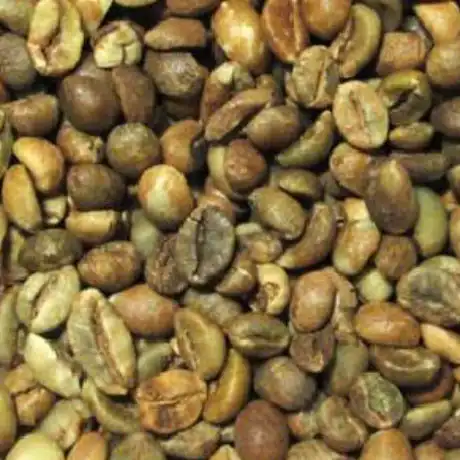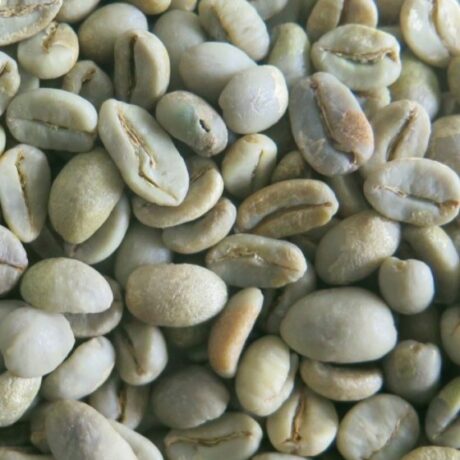Welcome to the world of Sumatra Blue Batak. The name signals a Northern Sumatran Arabica produced through giling basah (wet-hulled) post-harvest practice, which creates the hallmark bluish-green tint in the green beans and a cup profile prized by specialty buyers. For a broader foundation on Sumatran flavor families and brew pairing, start here:
Sumatra coffee taste & best brewing method → https://specialtycoffee.id/articles/sumatra-coffee-taste-characteristics-and-the-best-brewing-method/
1) The Enigmatic Origins of Blue Batak Coffee
Hometown: Lake Toba, North Sumatra
- Elevation: highland plots across volcanic slopes ensure slow cherry maturation and dense seed formation.
- Microclimate: humid, cloud-cooled days and stable nights support consistent sugar development.
- Communities: Batak smallholders steward family plots and pass processing know-how across generations.
Farming Systems That Fit the Highlands
Sustainable biodiversity practices—shade, mixed plantings, organic matter management—anchor agronomy in this region. Learn proven field patterns and why they matter:
- Intercropping in coffee (Tumpang Sari) — https://specialtycoffee.id/articles/intercropping-in-coffee-cultivation-tumpang-sari/
- Sustainable coffee production — https://specialtycoffee.id/articles/sustainable-coffee-production/
- Coffee & environmental sustainability — https://specialtycoffee.id/articles/coffee-and-environmental-sustainability-nurturing-bean-protecting-planet/
2) Blue Batak: A Rarity With Purpose
Blue Batak’s exclusivity comes from smallholder scale, selective hand-picking, and rigorous triple sorting before export. Limited volumes and strict preparation standards keep quality high and identity clear within Indonesia’s diverse Arabica landscape. For cross-island context and quality tiers, read:
- High-grade coffee from Indonesia — https://specialtycoffee.id/articles/high-grade-coffee-from-indonesia-quality-varieties-and-advantages/
- Indonesia specialty coffee: which one is the best — https://specialtycoffee.id/articles/indonesia-specialty-coffee-which-one-is-the-best/
3) Unraveling the Flavor Symphony
Core Sensory Map
- Aroma: cedar, forest herbs, sweet earth
- Flavor: dark chocolate, molasses/caramel, sweet tobacco, gentle spice
- Acidity: medium-to-low, rounded and integrated
- Body: full to very full, satin-like texture
- Finish: long, sweet-savory resonance
How Wet-Hulling Shapes Taste
Giling basah (wet-hulled) shifts post-harvest chemistry by hulling at elevated bean moisture and finishing drying after the parchment is removed. The result: amplified body, muted citric brightness, and the classic cedar-cocoa signature. For a complete processing walkthrough:
- Specialty coffee processing — https://specialtycoffee.id/articles/specialty-coffee-processing/
Scoring and Language You Can Trust
Specialty coffee uses a standardized form; 80+ qualifies as specialty. Learn how to read and communicate quality with buyers and baristas:
- SCA cupping form — https://specialtycoffee.id/articles/sca-cupping-form-the-secret-to-becoming-a-coffee-pro/
- Specialty grading overview — https://specialtycoffee.id/articles/cup-above-the-rest-the-world-of-specialty-coffee-grading/
4) Brewing Perfection: The Art of Blue Batak Preparation
Blue Batak rewards medium to medium-dark roasts and disciplined extraction. Use these recipes to lock in sweetness and structure.
Hario V60 / Cone Dripper (clarity + cocoa balance)
Goal: clear cedar aroma, focused chocolate sweetness, controlled earthiness.
- Dose: 18 g
- Water: 300 g at 94°C (ratio 1:16.7)
- Grind: medium-fine
- Bloom: 45 g for 45 s
- Pours: to 150 g → 220 g → 300 g by 2:15
- Total time: 2:45–3:00
Dial-in timing and extraction windows:
- Brewing time for pour-over — https://specialtycoffee.id/articles/brewing-time-pour-over-coffee/
- Perfect coffee measurements — https://specialtycoffee.id/articles/perfect-coffee-measurements/
French Press (maximum body, satin mouthfeel)
- Dose: 30 g
- Water: 450 g at 96°C (ratio 1:15)
- Grind: coarse
- Bloom: 60 g for 30 s
- Steep: 4:00; skim crust, press slowly, immediately decant
Lock the press routine with precise ratios:
- French press ratio guide — https://specialtycoffee.id/articles/the-art-of-french-press-coffee-ratio/
Espresso (dense sweetness; syrupy crema)
- Profile: medium → medium-dark roast
- Brew ratio: 1:2–1:2.2 in 27–32 s (from first drip)
- Water temp: 93–94°C; moderate flow
- Prep: firm distribution and tamp for uniformity
Compare behavior across roast depths:
- Espresso vs dark roast coffee beans — https://specialtycoffee.id/articles/espresso-vs-dark-roast-coffee-beans/
5) Exclusivity and Ethical Sourcing
Blue Batak stands on traceable smallholder networks that prioritize fair pay, farm viability, and environmental stewardship. Strengthen your buying program with a rigorous checklist:
Ethical Sourcing Checklist
- Traceability to producer group and mill
- Harvest window, lot ID, screen size, defect count
- Cup score and notes using the SCA form
- Moisture and water activity at shipment
- Processing details including wet-hull timing and drying milestones
Learn the vocabulary for Indonesia’s official green grading and how it maps to quality outcomes:
- SNI green coffee grading — https://specialtycoffee.id/articles/indonesian-national-standards-for-green-coffee-beans-grading-system/
2025 EU Due Diligence (EUDR). If you sell into the EU, implement deforestation-free traceability with geolocation, risk assessment, and declarations:
- EUDR regulations for the coffee industry — https://specialtycoffee.id/articles/eudr-regulations-new-challenges-for-the-coffee-industry/
6) Savor the Extraordinary: Where to Find Blue Batak
Secure dependable supply through vetted channels:
For green buyers
- Build relationships with importers and cooperatives featured in your internal supplier list.
- Validate specs using SNI and SCA frameworks before booking.
For roasted buyers
- Choose roasters that disclose sub-origin, process, and roast date.
- Target a roast date ≤14 days for peak aroma management.
Decision support and vendor discovery:
- Where to buy green coffee beans: things to consider — https://specialtycoffee.id/articles/where-to-buy-green-coffee-beans-things-to-consider/
- How to find the best specialty coffee beans suppliers — https://specialtycoffee.id/articles/how-to-find-the-best-specialty-coffee-beans-suppliers-for-your-coffee-shop/
- Where to find raw coffee beans — https://specialtycoffee.id/articles/where-to-find-raw-coffee-beans/
Storage: Lock Aroma, Slow Staling
Blue Batak’s heavy aromatics deserve airtight, temperature-stable storage.
Roasted coffee
- Use a one-way valve canister; minimize headspace.
- Hold at cool, dark, stable temps.
- Freeze in small portions for long-term freshness.
Green coffee
- Maintain moderate RH and temperature; avoid UV; keep bags sealed between pulls.
Playbooks and equipment choices:
- Store coffee beans — https://specialtycoffee.id/articles/store-coffee-beans/
- Freezing coffee beans — https://specialtycoffee.id/articles/freezing-coffee-beans/
- Why a coffee canister matters — https://specialtycoffee.id/articles/why-is-a-coffee-canister-important-a-guide-for-storing-coffee/
Blue Batak vs Other Sumatran Profiles (Commercial Investigation)
| Origin | Typical Notes | Acidity | Body | Best Use | Learn More |
|---|---|---|---|---|---|
| Blue Batak (Lake Toba) | Dark chocolate, cedar, herbal spice | Med–Low | Full–Very Full | Press, espresso, chocolate-forward pour-over | https://specialtycoffee.id/articles/sumatra-coffee-taste-characteristics-and-the-best-brewing-method/ |
| Aceh Gayo | Spice, syrupy sweetness, dark fruit | Medium | Full | Filter with syrupy clarity | https://specialtycoffee.id/articles/choosing-the-best-aceh-gayo-green-coffee-beans-a-guide-to-quality-selection/ |
| Lintong | Cedar, baking spice, sweet tobacco | Medium | Full | Versatile; blends and single-origin espresso | https://specialtycoffee.id/articles/sumatra-coffee/ |
| Lampung | Chocolate, nutty, straightforward intensity | Med–Low | Full | Milk drinks and dark-leaning blends | https://specialtycoffee.id/articles/lampung-coffee-one-of-the-best-from-sumatra/ |
Conclusion
Blue Batak captures what coffee lovers seek in Sumatra: volcanic terroir depth, wet-hulled weight, and complex cocoa-herbal layering. Brew it with precision, source it with integrity, and store it with care—you secure a cup that delivers pleasure and supports the communities who craft it.
Ready to enjoy Blue Batak today? Explore internal buying guides and supplier checklists above, then place your order.
FAQs
What makes Blue Batak different from other Sumatrans?
Wet-hulled timing, Lake Toba terroir, and rigorous smallholder preparation deliver heavier body and pronounced cocoa-cedar notes. Compare Sumatran styles here: https://specialtycoffee.id/articles/sumatra-coffee-taste-characteristics-and-the-best-brewing-method/
Which brew method showcases Blue Batak best?
French Press maximizes body; V60 reveals cocoa and cedar with clarity; espresso yields syrupy sweetness. Timing and ratio details:
- Pour-over timing — https://specialtycoffee.id/articles/brewing-time-pour-over-coffee/
- French press ratios — https://specialtycoffee.id/articles/the-art-of-french-press-coffee-ratio/
How do I evaluate quality before I buy?
Check grade (G1/TP), defect counts, screen size, cup score, and moisture/water activity. Frameworks:
- SNI green grading — https://specialtycoffee.id/articles/indonesian-national-standards-for-green-coffee-beans-grading-system/
- SCA cupping form — https://specialtycoffee.id/articles/sca-cupping-form-the-secret-to-becoming-a-coffee-pro/
How should I store Blue Batak?
Use airtight canisters, control headspace, and freeze in small portions for long holds. Guides:
- Store beans — https://specialtycoffee.id/articles/store-coffee-beans/
- Freezing guide — https://specialtycoffee.id/articles/freezing-coffee-beans/
- Canister importance — https://specialtycoffee.id/articles/why-is-a-coffee-canister-important-a-guide-for-storing-coffee/
What do EU buyers need in 2025?
EUDR compliance with geolocation-based, deforestation-free verification and proper declarations. Implementation details:

